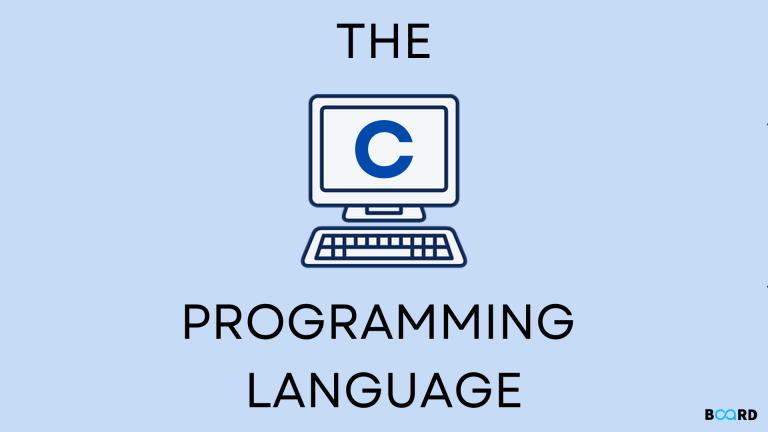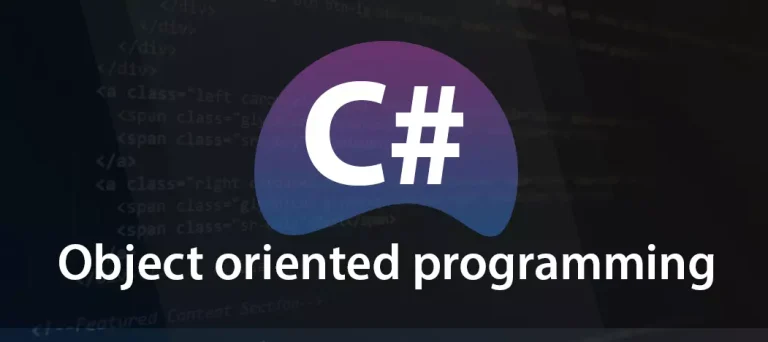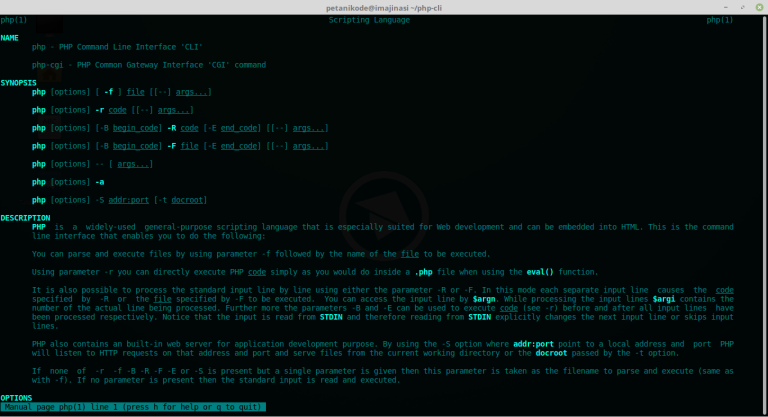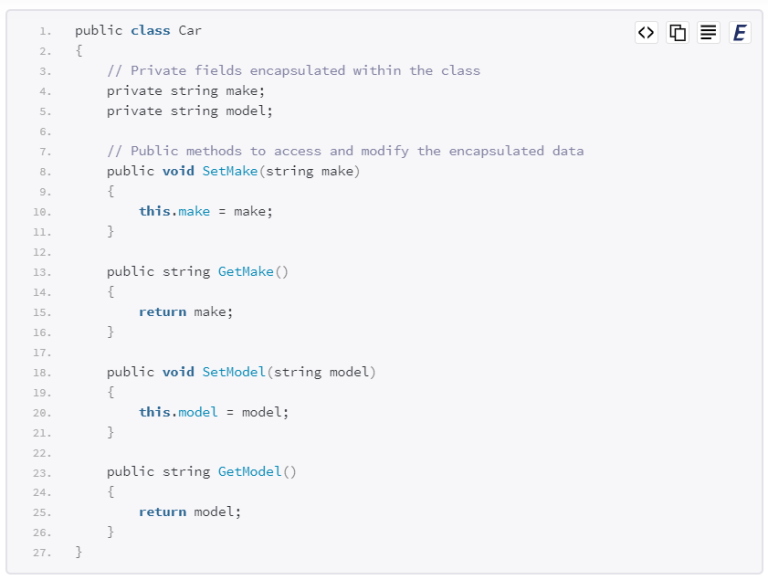Java, a powerful and versatile programming language, is widely used for developing a variety of applications. However, like any programming language, developers often encounter common mistakes that can lead to bugs, performance issues, or maintenance challenges. In this article, we’ll explore the top five most common mistakes in Java development and discuss strategies to avoid them.
1. Null Pointer Exceptions (NPEs):
Null Pointer Exceptions are among the most prevalent runtime errors in Java. They occur when a program attempts to access or modify an object reference that is null. Developers often forget to check for null values, leading to unexpected crashes.
Avoidance Strategies:
- Always check for
nullbefore accessing an object’s methods or fields. - Use the
Optionalclass to handle potentiallynullvalues in a more structured way. - Leverage tools like static code analyzers to identify potential null pointer issues during development.
// Example with Optional
Optional<String> optionalValue = Optional.ofNullable(getValue());
String result = optionalValue.orElse("Default Value");2. Incorrect Synchronization:
In multi-threaded applications, incorrect synchronization can lead to race conditions, data corruption, or deadlocks. Neglecting proper synchronization mechanisms can result in unpredictable behavior.
Avoidance Strategies:
- Use synchronized blocks or methods when accessing shared resources in a multi-threaded environment.
- Consider using higher-level concurrency utilities from the
java.util.concurrentpackage. - Be cautious with shared mutable state and consider immutability where possible.
// Example of synchronized method
public synchronized void synchronizedMethod() {
// Code that requires synchronization
} 3. String Concatenation in Loops:
Concatenating strings inside loops can lead to inefficient code due to the immutability of Java strings. In each iteration, a new string object is created, resulting in unnecessary memory allocations.
Avoidance Strategies:
- Use
StringBuilderfor efficient string concatenation inside loops. - Consider using
String.joinfor joining strings when working with collections.
// Example using StringBuilder
StringBuilder result = new StringBuilder();
for (String item : items) {
result.append(item);
}
String concatenatedString = result.toString();4. Resource Leakage (Unclosed Resources):
Failing to close resources like files, streams, or database connections can lead to resource leakage and impact system performance. It’s crucial to release resources explicitly, especially when dealing with external entities.
Avoidance Strategies:
- Use the try-with-resources statement for automatic resource management.
- Close resources in a
finallyblock to ensure they are released even if an exception occurs.
// Example using try-with-resources
try (BufferedReader reader = new BufferedReader(new FileReader("file.txt"))) {
// Code to read from the file
} catch (IOException e) {
// Handle exceptions
}5. Inefficient Collection Iteration:
Inefficient iteration over collections can impact performance, especially with large datasets. Using inappropriate methods for iteration or unnecessary copying of collections can lead to performance bottlenecks.
Avoidance Strategies:
- Choose the appropriate collection type based on your requirements (e.g.,
ArrayListvs.LinkedList). - Prefer the enhanced for loop for readability but be aware of its limitations.
- Use
Iteratorfor removing elements during iteration.
// Example using Iterator
List<String> items = new ArrayList<>();
Iterator<String> iterator = items.iterator();
while (iterator.hasNext()) {
String item = iterator.next();
// Code to process the item
iterator.remove(); // Safe removal during iteration
}Conclusion:
Avoiding common mistakes in Java development requires a combination of best practices, code reviews, and the use of tools that can help identify potential issues early in the development process. By addressing these common pitfalls, developers can enhance the robustness, efficiency, and maintainability of their Java applications. Regular training, awareness, and a commitment to continuous improvement are essential for creating high-quality Java code.


















